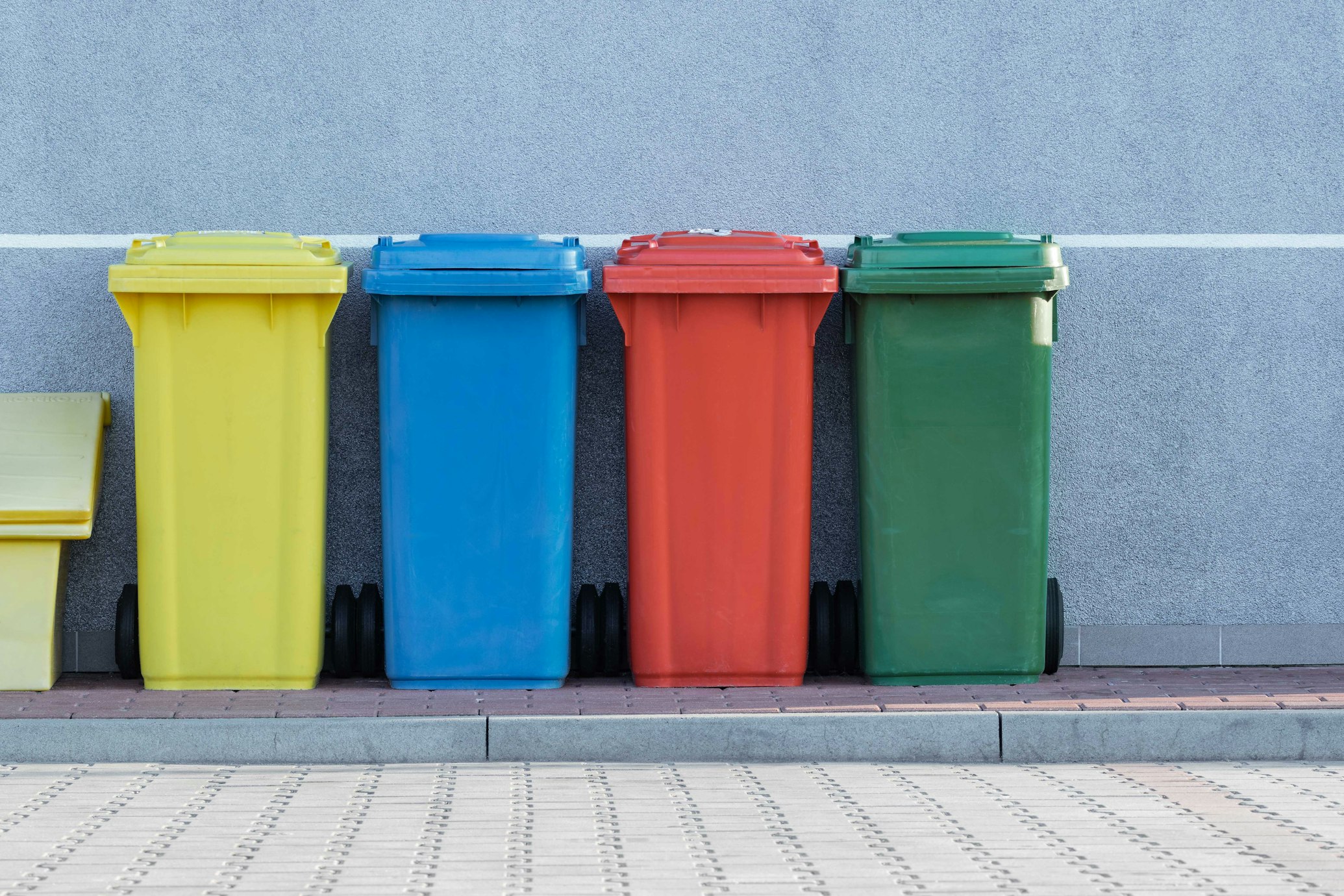All official European Union website addresses are in the europa.eu domain.
See all EU institutions and bodiesIncrease in microplastics unintentionally released into the environment every year in the EU.
DG Environment estimates that between 0.7-1.8 million tonnes of microplastics were unintentionally released into the environment in the EU in 2019, the EEA estimates this value has increased by 7-9 % in .
The main sources of microplastics unintentionally released and their estimated released amounts
- Paints: approx. 547 000 tonnes in 2019, which has grown approx. 11.2 % to 2022. Paints releases occur during application, wear and tear, or removal of paint. Approximately 21% of the 2.4 million tonnes of plastic polymers used paint in the EU in 2019, leaked into the environment in the form of microplastics. The increased microplastics released to the environment is assumed to be proportional to the increased use of polymers used in paints.
- Tyres: approx.. 450 000 tonnes in 2019, which has grown approx. 5.3 % to 2022. Microplastic releases from tyres are generated as a consequence of the friction of tyres on road surfaces. Passenger cars make up the largest source of tyre wear particle emissions. The driving reason for increasing microplastics release is due to increased vehicle weight.
- Pellets: approx. 112 000 tonnes in 2019, which has grown approx. 6.2 % to 2022. Pellets are small pieces of raw material used to produce plastic products, these are lost during the handling and transportation. Pellets are known to be eaten by a range of marine and coastal species and can cause physical harm or death. The major reason for the increase in microplastics release is due to an increase in the production and use of plastics.
- Textiles: approx. 31 000 tonnes in 2019, which has changed by approx. -31.6–+7 % to 2022. Approximately 60% of textiles are made from plastics. Small textile fibers are lost during production, use, washing, drying, and waste handling of textiles. The microplastics release is estimated by the number of items of synthetic textiles clothing worn – these estimates vary significantly between studies.
(Source: European Commission, 2023; EEA, 2025)




